Freckle Reduction
What Is Freckle Reduction and How Does it Work?
Freckles are sometimes cute, sometimes annoying patches of darker-colored spots on the skin. It’s common for these spots to develop in childhood and to progress with increasing density and presentation through individuals’ 20s. Freckles are most associated with and common for people with pale complexions. Developing freckles is determined by genetics and is strongly associated with Irish heritage and fair skin that doesn’t tan well with sun exposure.
There Are Different Types of Freckles
There are actually two distinct types of physical markings called freckles that you might want a freckle reduction treatment for. You can differentiate them by understanding what attributes each type of marking has.
- Ephelides
-
-
- Caused by genetics
- Appear when you’re 2 or 3 years old, often in response to sun exposure
- These tend to be on your arms, chest, face, and neck
- These are usually red, dark brown, or light brown
- They often fade in winter with reduced sun exposure and as you age
- These are about 1 mm to 2 mm wide
- These have irregular borders
-
- Solar Lentigines
-
- These are commonly called age spots or sun spots
- These show up as you get older, especially over 50
- These appear anywhere on your body, though most often on parts of your body that get more sun exposure, like your arms, face, upper chest, and shins
- These do not fade seasonally, unlike ephelides
- These appear in shades of yellow to dark brown
- These are caused by sun exposure and aging
- These have regular, clear borders
While there are differences between these two types of freckles, both can be treated to minimize or eliminate their appearance.
When Are Freckles Potentially Dangerous To Your Health?
Freckles are generally not a danger at all, only an aesthetic concern. However, what starts as a freckle, or appears to be a freckle, might be a more serious concern. These are major warning signs.
- If your freckles have jagged borders
- If your freckles aren’t symmetrical
- If your freckles are sore
- If your freckle has a diameter of more than 6 mm (about a quarter-inch)
- If your freckle becomes raised off of your skin
- If your freckles have dark patches and/or multiple colors
- If your freckle starts to grow in size or change colors
If you see these signs, you should talk to your doctor or dermatologist, as this could be a sign of a more serious skin condition. The earlier these signs are caught, the easier they are to treat.
What Causes Freckles?
The main risk factor for freckles of all kinds is sun exposure. Excessive sun exposure can cause all kinds of serious skin problems in addition to freckles, including burns and even increasing the risk of melanoma. This is why avoiding excessive sun exposure and skin damage is important not only for aesthetic purposes but for your health and wellness.


Treatments Available At
Meg & Co.
LaseMD Ultra Skin Resurfacing
This is the best freckle reduction treatment available at Meg & Co. Over the course of several treatments, this finely tuned and powerful laser treatment can normalize your skin pigmentation and reduce or eliminate the appearance of freckles. This treatment also helps reduce health risks associated with melanoma or other skin cancers that might look similar to freckles because it treats precancerous skin cells.
Safety Considerations
Laser skin treatments of all kinds are generally very safe, but they’re not safe for use too near your eyes. There is also a need to protect treated skin to minimize damage and speed up healing as much as possible. Skin that has been treated with a laser should be kept out of direct sunlight for several days if possible and kept safe with high SPF broad spectrum sunscreen if it cannot be covered with clothing when outside.
Maximizing Results
Getting the best results in removing freckles is mostly a matter of sticking to a recommended series of treatments. Because there is so much variability between different cases, we suggest you come in to consult with one of our technicians to determine the right course of treatment to get the results you are looking for.
FAQ
Are freckles a health concern?
No, but some health concerns might look similar to freckles. Here are warning signs that what looks like a freckle might be something more sinister.
- If your freckles have jagged borders
- If your freckles aren’t symmetrical
- If your freckles are sore
- If your freckle has a diameter of more than 6 mm (about a quarter-inch)
- If your freckle becomes raised off of your skin
- If your freckles have dark patches and/or multiple colors
- If your freckle starts to grow in size or change colors
Are there different types of freckles?
What causes freckles?
While ephelides freckles are caused by genetics, all freckles are made more abundant, severe, and obvious by sun exposure. You can reduce the rate of freckles’ development by protecting your skin from the sun with protective clothing, hats, and/or sunscreen.
